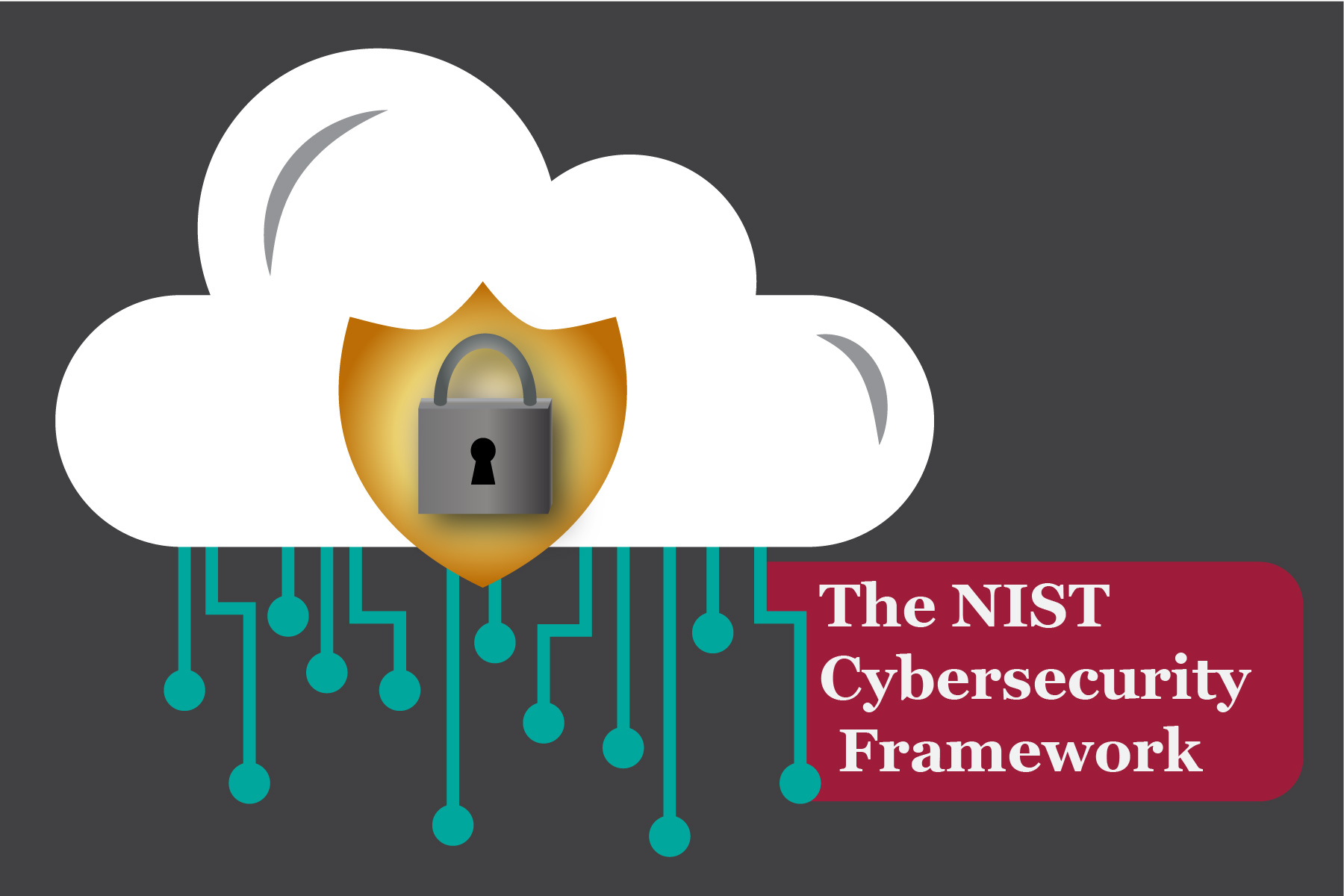NIST stands for National Institute of Standards and Technology and this federal agency develops and promotes measurements, standards, and technology to improve system productivity. NIST has a robust Cybersecurity Framework and is one of the most popular topics in the MedTech industry. It is the encapsulation and security of user data and their electronic documents against cyber-attacks. Being in the medical device industry, I wanted to know what cybersecurity framework or tools I should utilize to protect patients and their data. That is when I found the NIST-based Cybersecurity framework.
NIST Cybersecurity frameworks focus on five major activities. They include Identify, Protect, Detect, Respond, and Recover. Let us begin with the ‘Identify’ which means to identify the threats present in the system. In this case, software, quality, and cybersecurity engineers work together to identify all potential threats or vulnerabilities present in the system. For example, in a webpage, it might be the case the session might store critical tokens. Identification of all such issues should be completed in this phase.1
The next stages are protection & detection. Protection is the mechanisms that are added to protect the systems against vulnerabilities. For example, system access is protected by simple email and password. Also, an additional layer of security may be added using user-specific pin codes. Detection is the process where software and cybersecurity engineers have added a codebase that specifically notifies authorized users that there has been a cyber-attack. These can be achieved by adding monitoring algorithms where the system is under continuous data monitoring and can identify any specific anomalies from the user-generated data. A major mechanism that should be implemented in Detection algorithms is notifications. For any specific issues, Detection would only be good if the system notifies the users of data leaks or breaches.2
The next two steps are Respond and Recover. Respond are the actual cybersecurity mechanisms implemented by Cybersecurity engineers. For example, an SQL-injection attack can be started using simple search fields from the web pages. There should be an additional layer of security behind this search field that filters the data to inspect specific data elements which are commonly found in an SQL-injection string. Coming to the Recover section, these are the methodologies that help recover user data after there has been an attack on the system. These may include techniques such as replicating data in multiple servers for data-backups. I would say Protect, Respond, and Recover are the three major components that are responsible for protecting systems against cyberattacks and retrieval of data if there have been cases of data breach.
Indeed, manufacturers should always thoroughly verify plus validate their software tools that label the system as safe, efficient, and qualified. EMMA International has expertise in analyzing software applications and conducting a detailed risk assessment to identify any vulnerabilities present in the system. We specialize in software validation, including verifying an FDA-accepted Cybersecurity framework is implemented in your system. Do you have a software tool that needs to be FDA-compliant? Our seasoned quality and software experts can get your software tool completely validated and guide you through the FDA regulatory process to ensure your Software As/In a Medical Device product is FDA compliant. Contact us at 248-987-4497 or email us at info@emmainternational.com for more information.
1Cynthia J. Larose (October 2014). A Different Kind of “Virus”: FDA Follows NIST Framework in Cybersecurity Guidance for Medical Devices. Retrieved on March 02, 2021, from https://www.mintz.com/insights-center/viewpoints/2826/2014-10-different-kind-virus-fda-follows-nist-framework.
2NIST (2021). Cybersecurity Framework. Retrieved on March 02, 2021, from https://www.nist.gov/cyberframework.





